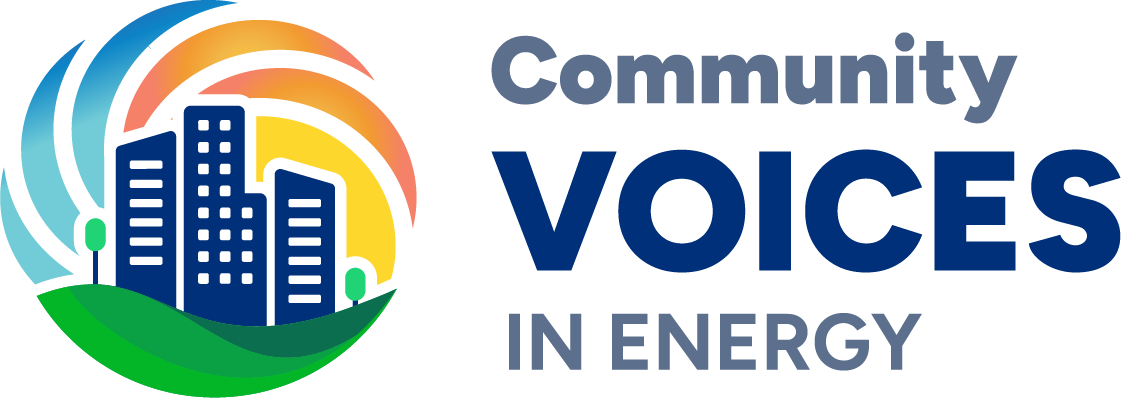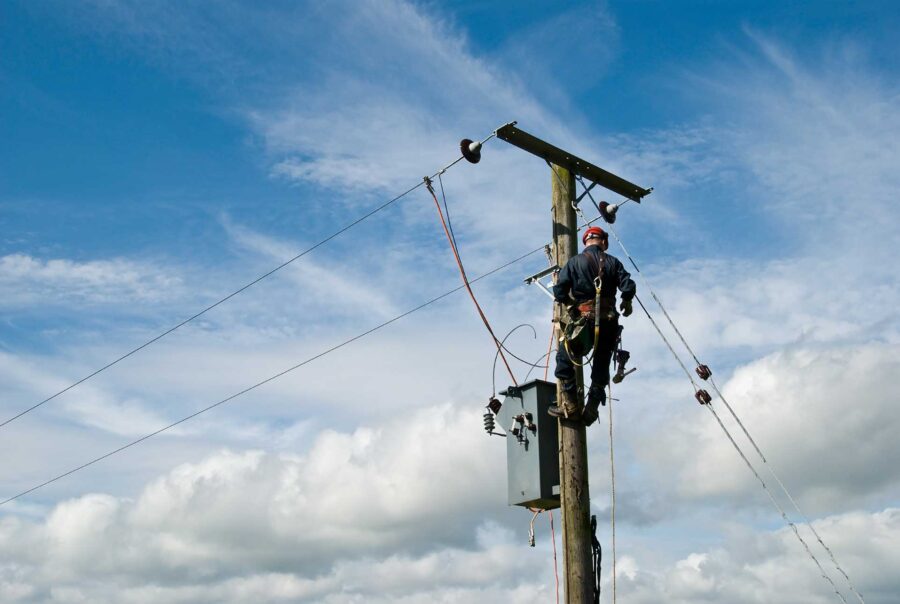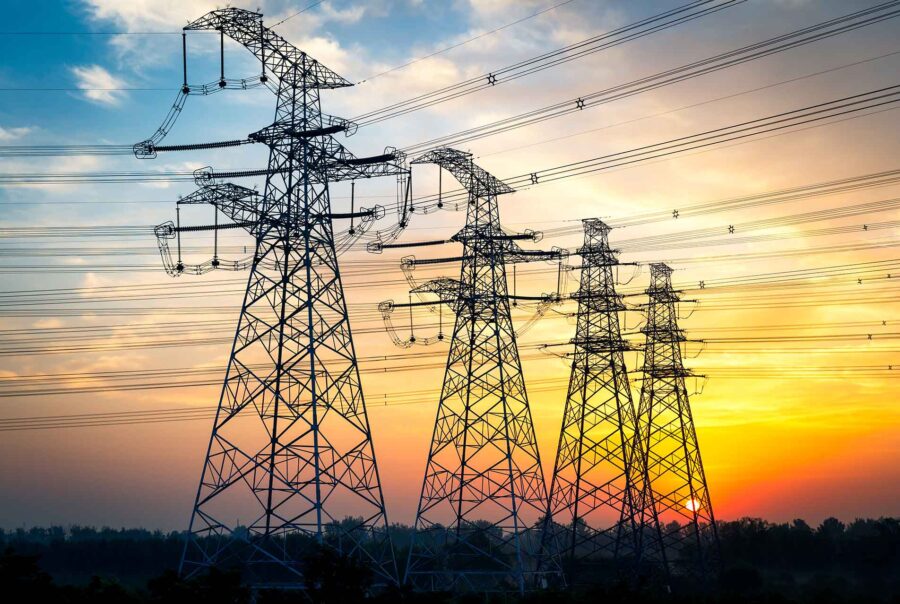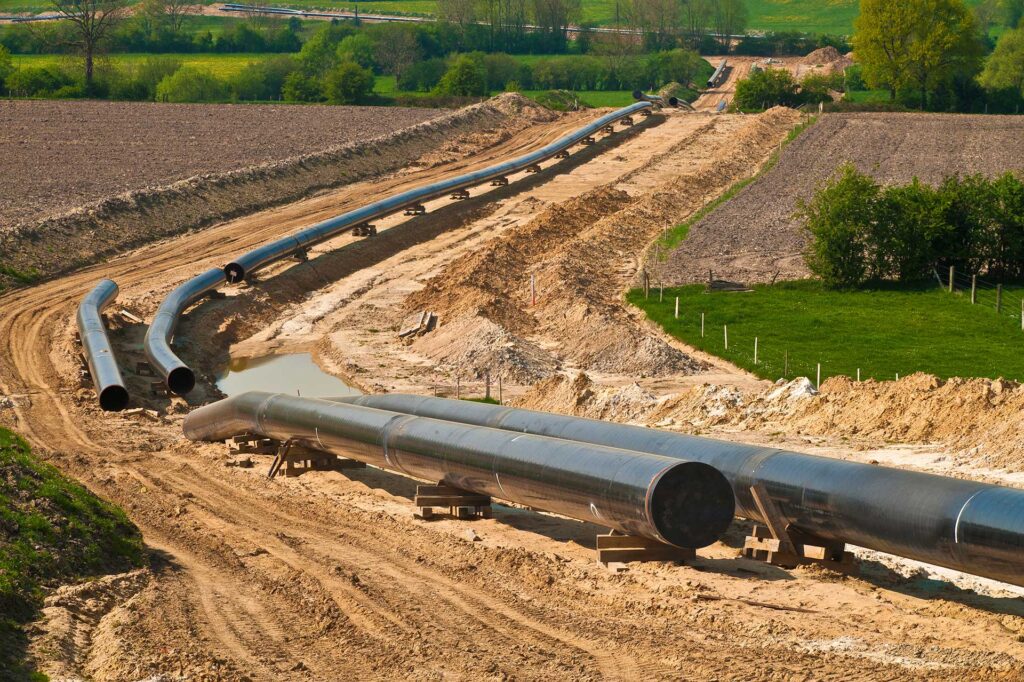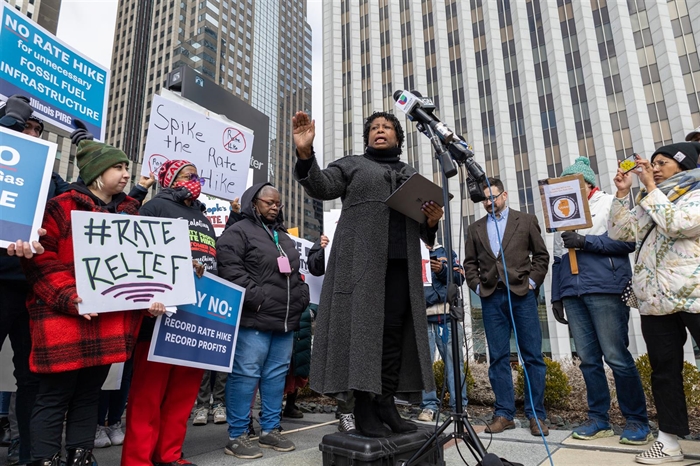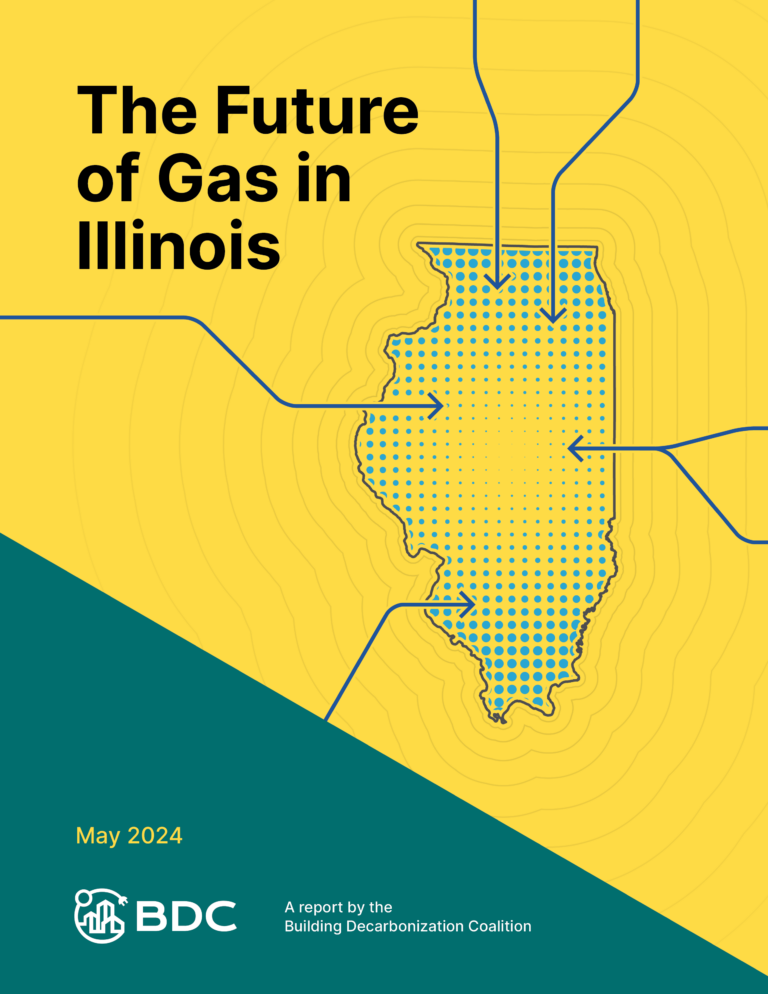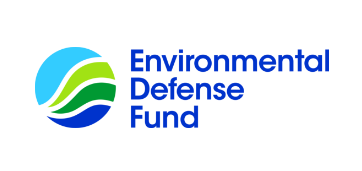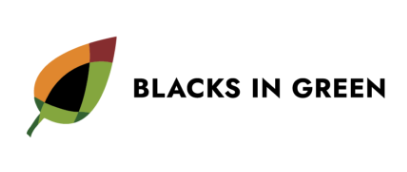Training
Energy Policy Trends
Clean energy is trending toward progress.
The U.S. has recently seen an uptick in clean energy.
This includes wind and solar energy development, improved energy efficiency, building electrification and more. Solar energy includes commercial scale solar farms or solar panels on private rooftops; many states have also passed legislation to require a certain amount of energy to be renewable, and to enable people to subscribe to community solar projects even if they do not own a roof. Energy efficiency, whether from better insulation or turning down your air conditioner, is another tremendous form of clean energy – actually the cheapest, because it is energy you don’t use.
What is driving this clean energy expansion?
Security and reliability: the past few years have shown clean energy is more secure and reliable than fossil fuel energy in the face of extreme weather events. Many fossil fuel producers cite “reliability” as a reason why their product is better than clean energy, but more and more data is showing that is simply not the case.
Concern about the climate: Another reason for clean energy’s growth is concern about climate change. New state and federal government incentives encourage less coal and gas and more clean energy development because we know that burning fossil fuels is a major source of global warming. In addition to significant climate and health benefits, clean energy also offers economic and job benefits in a new clean energy economy.
Threats to clean energy progress remain.
Threats to progress include poorly designed energy markets that weren’t developed for distributed energy. Our markets reward traditional energy and incentivize it to be produced in a way that favors fossil fuel producers. The system is designed to have the capacity to deliver the peak load at all times; many fossil fuel “peaker” plants are paid to wait on standby, ready to produce energy only at times of highest need, even if those times only happen occasionally. Meanwhile the fossil fuel lobby is spending hundreds of millions of dollars to convince decisionmakers that large, baseload fossil fuel plants make the grid “safe, reliable, affordable,” and make false claims about renewable energy. Other factors in play include new energy project and transmission siting challenges, the need for job training for clean energy careers, as well as communities dependent on taxes paid by large fossil power plants. Just transition issues can cut both ways.
Grid modernization technologies and policies can drive momentum.
Technologies can make energy systems cleaner, easier to manage as well as more reliable. These technologies include smart meters, which provide data that can be used for better energy management; microgrids, which enable communities to share resources and keep energy on during blackouts; smart switches that can reroute power on the grid if one location has a problem, and more. Utilities do not have many incentives to invest in technology that results in customers using less energy — they need to be pushed by people and policies. In Illinois, one such policy is the Future Energy Jobs Act that requires utilities to meet energy efficiency and renewable energy targets alongside grid modernization.
Clean energy is increasingly popular.
Public support for clean energy is growing steadily. Different places have different reasons for being interested. Some might be motivated by interest in the climate and environmental benefits. Others might not be so in tune with climate arguments but are attracted by the cost savings. Still others may be interested in improved health and air quality, or in energy independence in the face of domestic or international developments beyond their control. In a few locations laws and policy also bring justice and equity considerations into energy policies. The great news is that on a national level, clean energy is increasingly popular.
Emerging issues in energy policy.
New understanding of hazards means we must move to a future beyond gas.
Advances in climate science have led to a better understanding of the dangers of natural gas, which was initially (and is still often) sold as a “cleaner alternative to coal.” Methane, the main ingredient in natural gas, is a potent agent of climate warming during its first 20 years in the atmosphere. Burning natural gas releases chemicals that increase the likelihood of getting asthma and even cancer. At the same time many cities have old and leaky pipes that need replacing, which is expensive and disruptive. So moving beyond gas is imperative, electrifying what we can and starting to decommission large natural gas-fired power plants. But a lot of those costs are sunk and will become a “stranded asset” if people stop using the existing pipelines. This is a source of tension for many energy decision makers.
Decarbonizing our electric transmission system is challenging.
New projects have difficulty connecting to grids and then getting electricity to where it is needed. Large scale renewable projects can currently take years to get approval to connect with the electric grid. Federal and state decision makers are grappling with this and there is a lot of discussion of permitting reform right now. Electrification is important, but also has many issues, such as the ability of renters to buy new electric appliances, the source of electricity, costs for industrial compared to retail customers. Policies are trying to make these things easier, but regulatory change can be slow moving.
New technologies offer both promise and peril.
A number of fuels produced with new technology are touted as clean. These emerging fuels have many risks compared to true renewables like solar and wind power and efficiency. Federal legislation has recently provided $8 billion for hydrogen development, but science has shown hydrogen has some of the same risks as methane – hydrogen is a potent though short-lived global warming agent, leaks easily, and to be clean at all, it must be created using clean renewable fuels that are not already in line for other worthwhile uses. Other potential clean energy sources such as “biomethane,” and “net zero” fuels have risks alongside any promise.
Changing rate design can drive a cleaner energy system.
Rate design is an overarching issue affecting many policy proposals. Traditional cost of service regulation has given utilities incentives to build, build, build. Performance based regulation, in contrast, encourages utilities to do better on measures like climate benefits, equity, efficiency and affordability. Illinois’ legislation called the Climate and Equitable Jobs Act (CEJA) set a framework that allowed EDF to point out inequities in services provided to the most vulnerable communities and ask regulators to require utilities to address them. Time-variant rates can incentivize behavioral shifts to times when energy is cleaner and cheaper — especially important for balancing new energy uses such as building and vehicle electrification. Rate design can also be used to make energy more affordable for low-income households.
Climate resilience is a new goal for energy systems.
Understanding the cumulative impacts that the most vulnerable communities face, including from extreme weather and climate change, we should expect a higher share of investment into those communities’ energy infrastructure, but in fact the opposite is often true. EDF has asked utilities to evaluate their climate planning using a new tool called the Climate Resilience Maturity Model. When climate hardening needs are identified, there will be questions of who should be required to pay.
Equity and environmental justice can be built into requirements.
The concepts of energy equity and energy burdens are making their way from advocates to mainstream energy discussions. Biden Administration’s Justice40 Initiative intends for a large part of federal infrastructure investment to benefit overburdened communities. It is important to recognize cumulative burdens suffered by vulnerable communities – for example a power outage may be experienced differently depending on a community’s ability to withstand setbacks. Procedural equity and meaningful community input are an important foundation for equity in all dimensions. Energy as a basic human right should inform our systems.
Community voices increase equity.
As we take stock of energy trends and make decisions regarding new technologies, it is critical to take into account who is sitting at the table, who is making the policies, and whether we are going to be perpetuating the inequities of the past or are we going to be moving forward.
Recent legislation and policies.
Recent policies help create more equitable energy systems.
Recent policies that help create more equitable energy systems include the Inflation Reduction Act which had a number of pathbreaking environmental justice and clean energy provisions. EDF’s IRATracker.org tool can help people find and benefit from the environmental justice provisions of this complex law. Illinois’ Climate and Equitable Jobs Act was the foundation of performance metrics cases last year, and the Integrated Grid Plans this year. There are also hyperlocal laws, for example that prevent municipalities from zoning out clean energy projects from being sited within their boundaries.
These policies touch so much more than just energy.
And that’s because to build a more equitable energy system is a system change issue, with many, many intersections of climate and equity.
